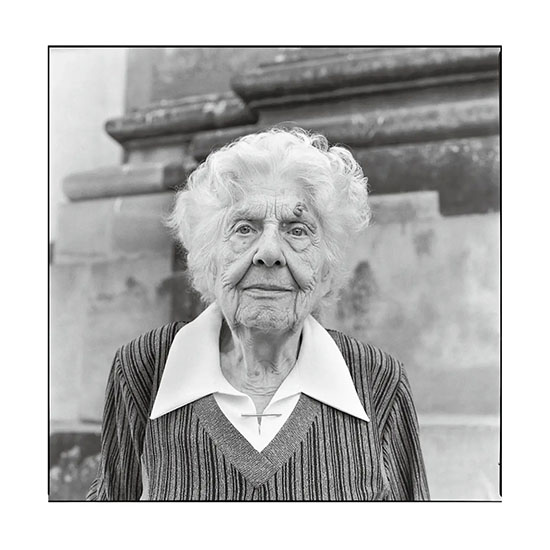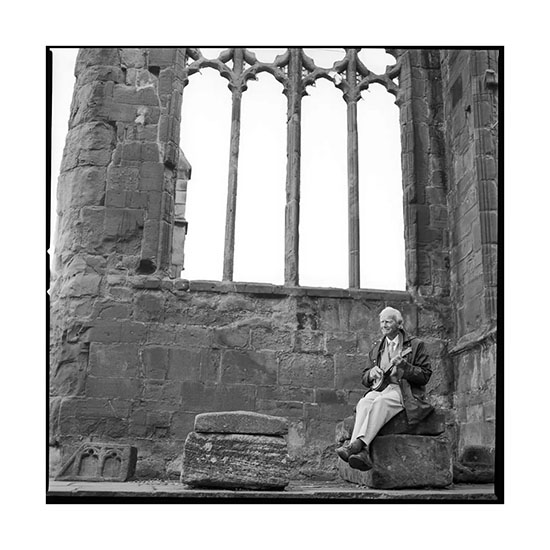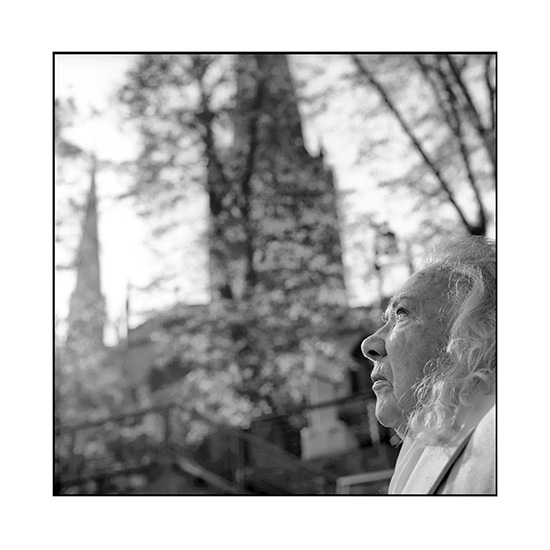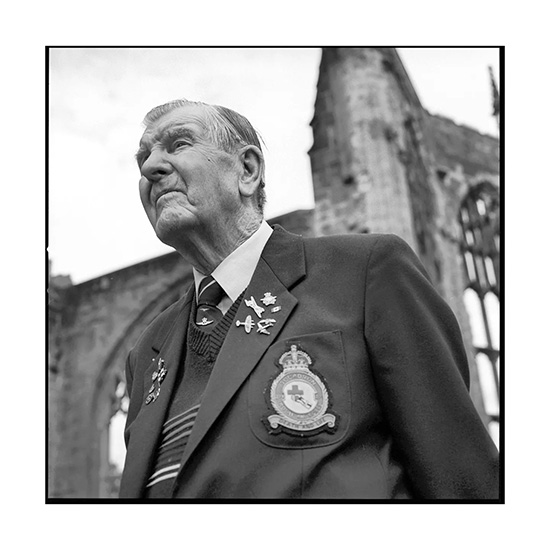
“I didn’t see anything. I didn’t cry a tear. Nothing at all.”
-Margarethe Buhr, Dresden firebombing survivor
“After the first attack, our flat was almost untouched. Following the second wave of bombing the street was completely ablaze. Families fled into the cellar. In the cellar, there was an argument between my father and an officer in the Wehrmacht. The officer had lost his mind and was threatening to kill his own family. My father tried to calm him down, but the altercation escalated. The men decided to continue the struggle outside in the street, but they never returned. My father’s charred remains were later discovered by the front door.
We stayed in the dark cellar until the morning. We crawled across the floor but were exhausted because of the smoke and lack of oxygen. A young man helped bring my ill sister to the garden in front of the home. My brother was blinded by the smoke. When we went outside, I witnessed destruction all around. None of our home remained standing.
I had to leave my sick sister in the garden, covered with a coat borrowed from a stranger. With my brother, sister-in-law, and their two children, we walked toward the Great Garden. Arriving on the Tiergartenstraße I realized that every house had been hit by bombs. Among the debris, a woman stood in the middle of the street. I explained that we needed an ambulance for my sister. Then the woman pointed something. There were five or six disintegrated ambulances that had melted in the catastrophic heat.”
Mrs. Buhr was twenty-five-years-old at the time of the attack. She lived in an area that was a short walk from the main train station, which was completely obliterated. She returned to Dresden a week after the bombings, nothing was left of her family’s home. She learned that her sister and father had burnt to death in the fires. One of her brothers disappeared in the forest while traveling, never to be found. Her surviving brother helped clear rubble from the area where their house once stood. Mrs. Buhr’s sister was found under the wreckage. She was cremated in the town square, the Altmarkt.
This portrait is a part of my From Above project, which is a collection of portraits and reminiscences of atomic bomb survivors and firebombing survivors from Dresden, Tokyo, Coventry, Rotterdam and Wielun. A portion of From Above is permanently exhibited at the Nagasaki Peace Memorial Hall for Atomic Bomb Victims. It has also been exhibited in museums and exhibition spaces throughout Asia, Europe, North America and including the United Nations.
From Above was released as a limited edition book that was sold at PhotoEye.com. The book is sold out on the site, but I have the last 20 copies that can be bought directly from me. Contact me through social media or at paule.saviano@gmail.com if you’re interested in purchasing a book.


